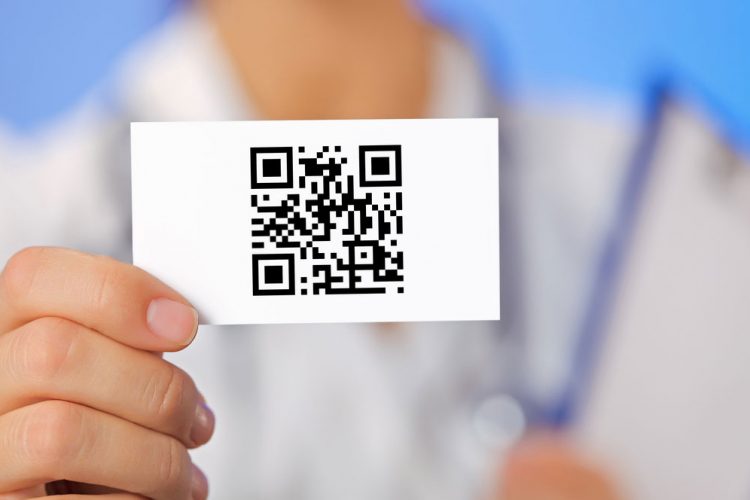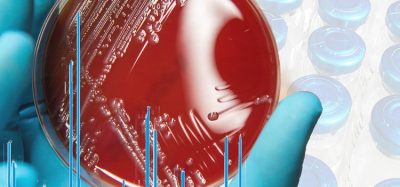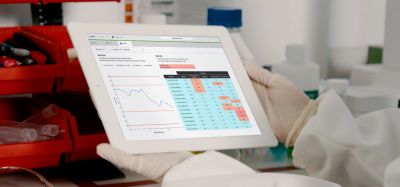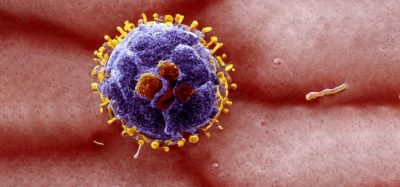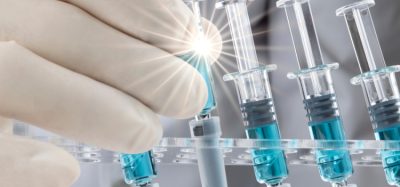Edible QR code could be the medicine of the future
In a new study, researchers have developed a new method for producing medicine on a white edible material containing a QR code that contains the medical drug…
For the last 100 years, researchers have constantly pushed the boundaries for our knowledge about medicine and how different bodies can respond differently to it. However, the methods for the production of medicine have not yet moved away from mass production. Many who have a given illness get the same product with the equal amount of an active compound.
This technology is promising because the medical drug can be dosed exactly the way you want it to
In a new study, researchers from the University of Copenhagen together with colleagues from Åbo Akademi University in Finland have developed a new method for producing medicine. They produce a white edible material. Here, they print a QR code consisting of a medical drug.
“This technology is promising because the medical drug can be dosed exactly the way you want it to. This gives an opportunity to tailor the medication according to the patient getting it,” says Natalja Genina, Assistant Professor at Department of Pharmacy.
Potential for reducing wrong medication and fake medicine
The shape of a QR code also enables storage of data in the “pill” itself.
“By simply doing a quick scan, you can get all the information about the pharmaceutical product. In that sense it can potentially reduce cases of wrong medication and fake medicine,” says Prof Genina.
The researchers hope that in the future a regular printer will be able to apply the medical drug in the pattern of a QR code, while the edible material will have to be produced in advance to allow on-demand production of the medical drug near end-users.
“If we are successful with applying this production method to relatively simple printers, then it can enable the innovative production of personalised medicine and rethinking of the whole supply chain,” says Professor Jukka Rantanen from Department of Pharmacy.
The researchers are now working to refine the methods for this medical production.



